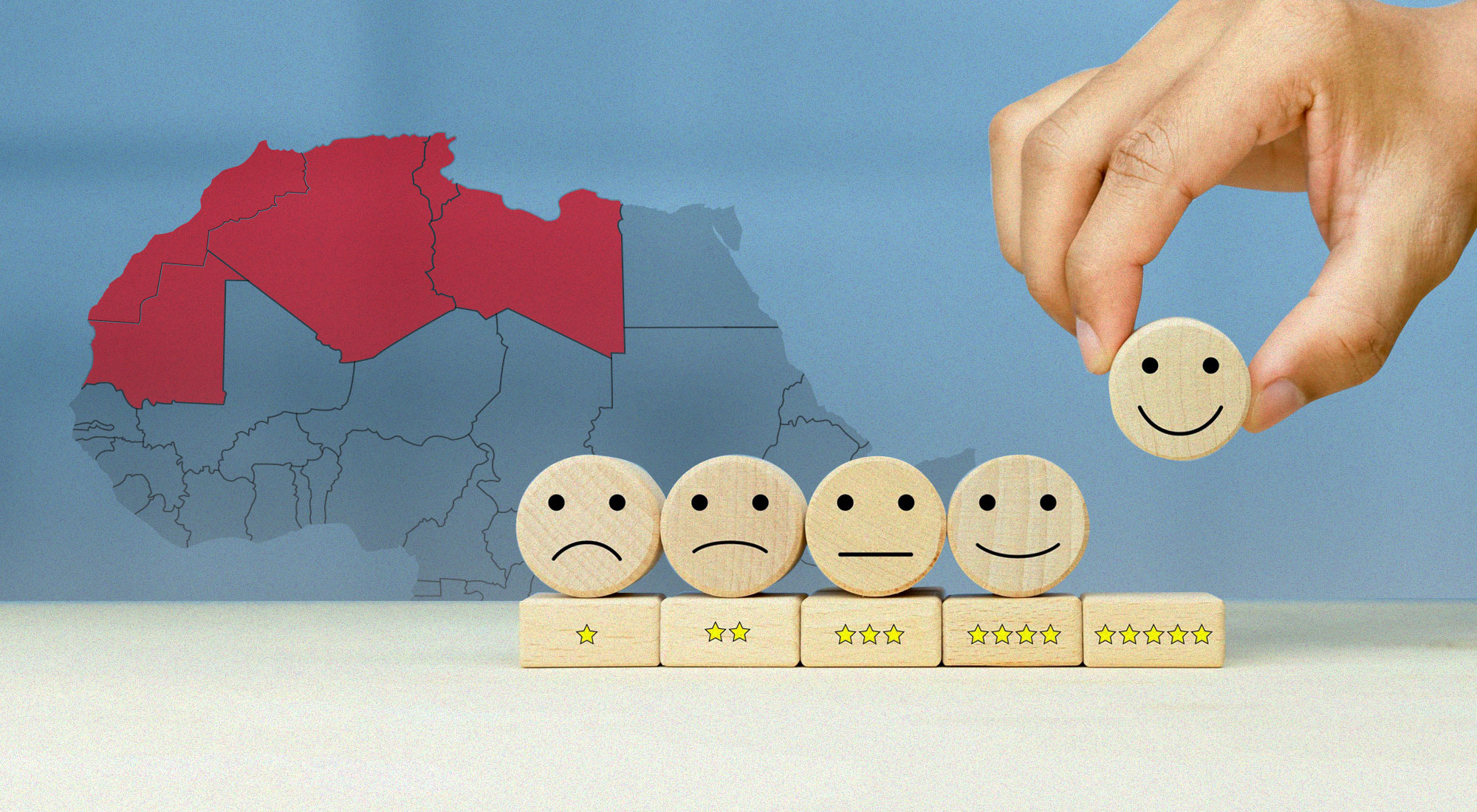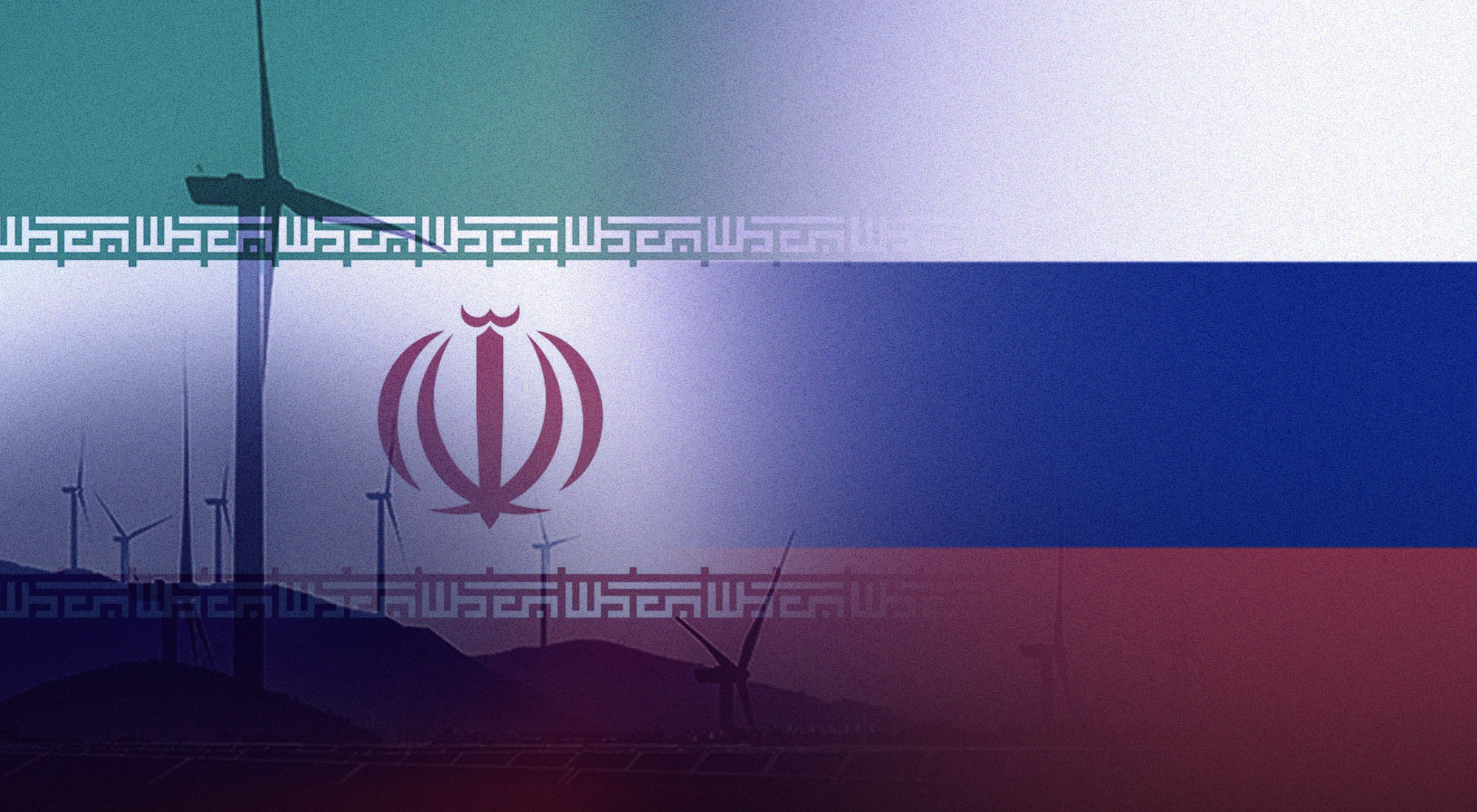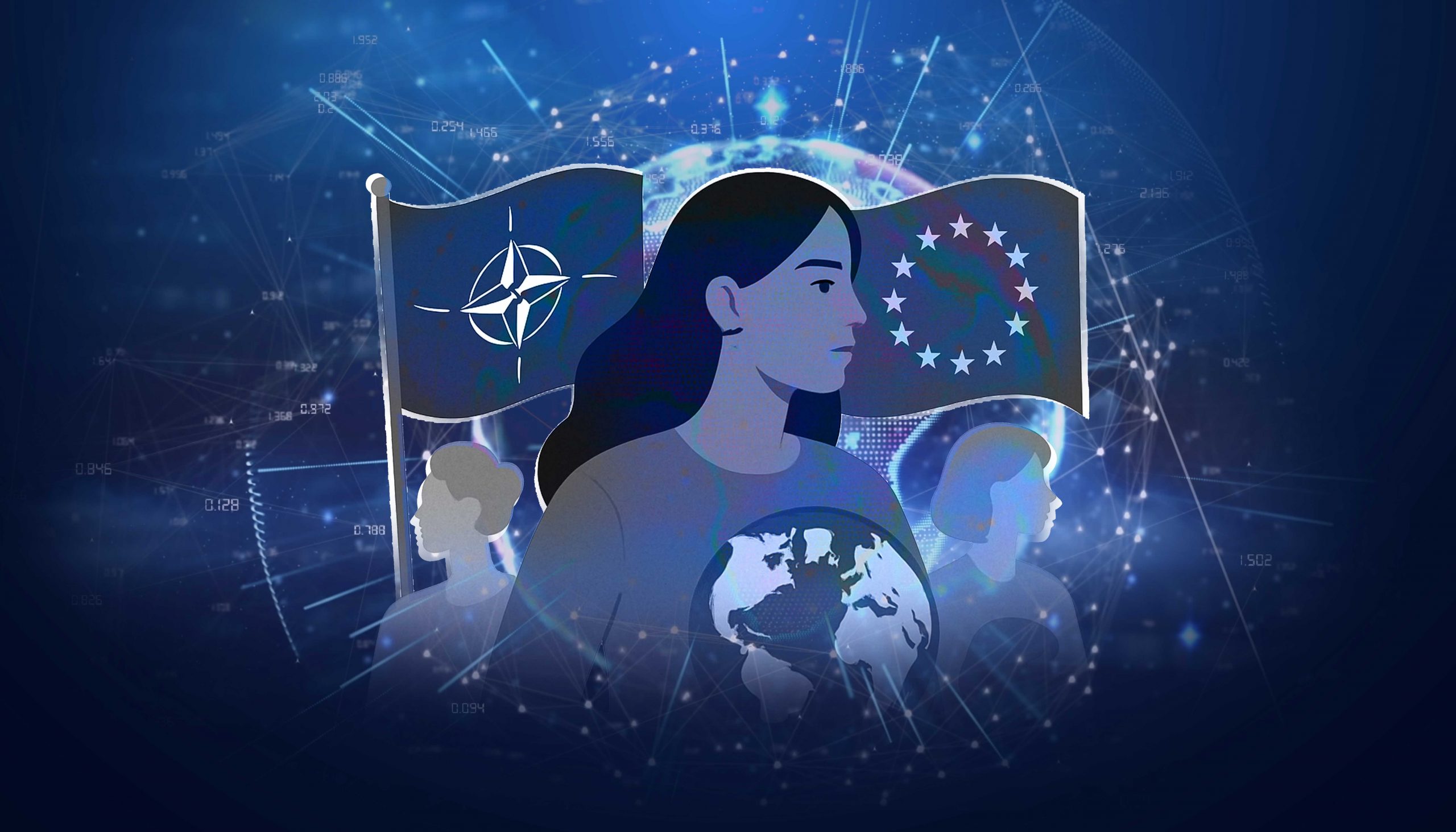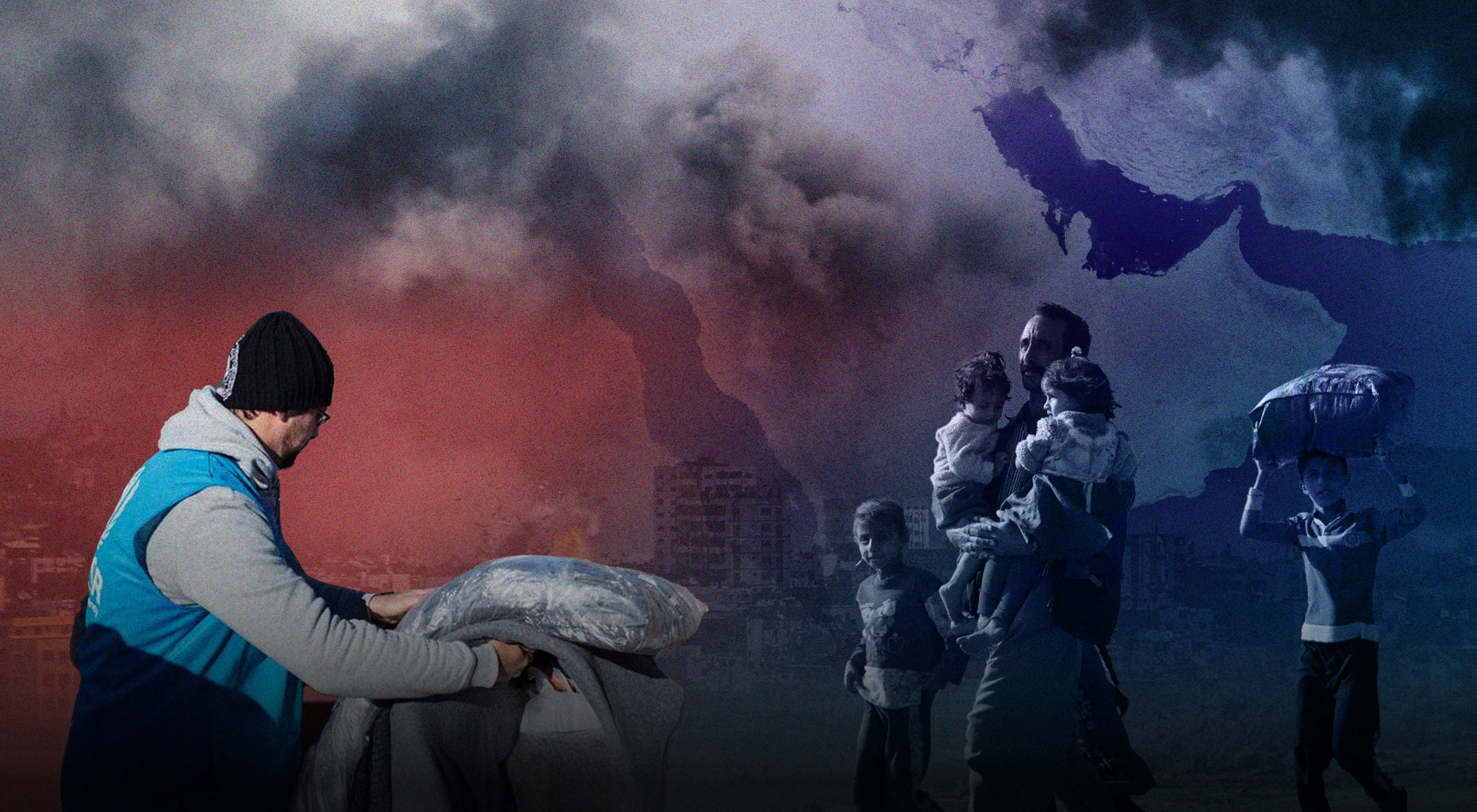On December 9, 2015 the United Nations Security Council adopted unanimously the first ever resolution on youth, peace and security focusing on the crucial role of young men and women in peacebuilding and their positive contributions to post-conflict reconciliation, and countering violent extremism (CVE). As with similar resolutions in this area, the emphasis is on developing frameworks for protection, prevention, participation, and partnerships. Equally important, 2250 also complements other resolutions adopted by the Security Council, in particular Resolution 1325 and its sister resolutions on the protection of women, and Resolutions 1265 and 1894 on the protection of civilians in conflict zones.
Rather than just being wishful thinking, this resolution is an important step towards tackling the challenges of modern-day conflicts where at least 600 million young people live in fragile and conflict-affected zones. This is significant because, as the resolution states, “today’s generation of youth is the largest the world has ever known […] often form[ing] the majority of the population of countries affected by armed conflict”. Socially isolated, disillusioned youth turn to violence and extremism in their search for identity, acceptance, and purpose with the unwanted consequence of perpetuating cycles of conflict. The resolution has particular resonance for the Middle East region where youth comprise over 20 percent of the total population.
Resolution 2250 therefore, represents a formal declaration recognizing youth as partners in building a safer world and as key actors both in peacekeeping and peacebuilding sustainability and success efforts. The main purpose of the resolution is to raise awareness of the contributions youth make in the areas of prevention, resolution of conflicts, and building a sustainable peace at national and global levels.
Key Features of UNSCR 2250
The Security Council urged Member States to consider setting up mechanisms that enable young people to participate meaningfully in peace processes and dispute resolution. The resolution provides a framework in order to accelerate the implementation by engaging local communities and non-governmental actors. The proposed framework advances four areas of action: participation, protection, prevention and partnerships.
Participation
UNSCR 2250 stresses the importance of the inclusive representation of youth in decision-making at the local, national, regional and international levels. Interestingly, millennial youth have a space for new forms of civic and political participation, and increased opportunities in volunteering. With the support of good governance and the help of international community, youth access to information and communication technologies (ICT), including social media, has enormous potential leading to civic engagement and participation.
Harnessing the active involvement of youth represents an effective strategy for reaching better outcomes in countering radicalization and extremism that can lead to a lasting peace. Helen Clark, head of the United Nations Development Programme (UNDP) commented: “This resolution recognizes the significant role young people will play in how our world adapts to today’s global challenges, including those to peace and security […] with youth comes energy, innovation, and optimism – if there are supportive environments and opportunities.” By promoting the inclusive participation of youth, the UN encourages Member States to develop a mechanism that integrates youth participation effectively making their needs and empowerment a priority.
Protection
Under International law, parties involved in armed conflicts have obligations protecting civilians including youth, women, and children and provide a safe refuge for those who are affected in conflicts. This includes ensuring children are not used as soldiers and preventing armed attacks that target children and young people. UNSCR 2250 reaffirms the role of governments in protecting the youth in conflict zones, in conformity with international law and especially the Geneva Convention of 1949 and other protocols that are relevant to protection of civilians during armed conflict.
The UN has raised awareness on this topic for a considerable period of time. As children and youth represent the majority of populations they are also disproportionately impacted by conflict. Youth worldwide, young women and men are routinely targeted for forcible recruitment, indoctrination, and radicalization during conflicts. They are easily targeted and it is essential that they are protected from conflict and given the education and participation opportunities assisting them in overcoming the impact of conflict and extremism. To this end the UN has deployed Child Protection Advisors in its peacekeeping missions in an effort to raise awareness of the position of children and youth in conflict, hopefully increasing global awareness of relevant laws and norms.
Prevention
While protection is essential, prevention helps cultivate resilient environment among youth. Instead of waiting for undesired behaviors to occur and then reacting with harsh punishment, preventive models suggest proactively teach the academic and social skills necessary for success in school and life. Prevention requires constructing strategies aimed at creating inclusive and enabling environments where youth become integral to societal cohesion. Prevention strategies therefore need to emphasize diversity and tolerance in societies. As explained by the World Health Organisation, introducing violence prevention strategies at the early childhood stages are key in promoting tolerance and understandings of diversity in society.
In this sense, Member States are urged to recognize youth as part of the solution thus requiring the collaboration among international community, local governments, and active organizations. Proven strategies for developing stability and lasting peace include: introducing enrichment programs, life skills training and social development assisting at high risk adolescents and youth to complete school, pursue vocational training or higher. Social and economic development are therefore essential in helping youth become active stakeholders of the rebuilding process.
Partnerships
Constructive partnerships between adults and youth can lead to youth involvement in the design and administration of programs and policies that can aid in the efforts of countering and eradicating violent extremism. Without collaborative efforts and the availability of funds and programs it is unlikely youth can participate in meaningful ways in conflict and post-conflict situations. In this way, different entities of the UN are urged to increase their political, financial, technical and logistical support for the needs of youth.
Peacebuilding Commission—a UN intergovernmental advisory body that supports peace efforts in countries emerging from conflict—obligated to address the factors leading to the rise of radicalization and violent extremism among youth provide recommendations for peacebuilding strategies to engage youth meaningfully during and in the aftermath of armed conflict. For example, the recommendations by the Peacebuilding Commission in Sierra Leone helped with the establishment of the Ministry of Youth and Sports, the appointment of the first National Youth Commissioner, the inauguration of the headquarters of the National Youth Commission, and efforts to finalize a comprehensive strategy for youth employment and empowerment, as well as the urging of youth involvement in the political process.
Teamwork on the local front and global outcomes
Resolution 2250 is an important contribution to a number of on-going efforts addressing peace and security. Specifically, the resolution adopted recommendations issued by the World Programme of Action for Youth, the guiding principles on Young People’s Participation in Peacebuilding, the World Programme of Action for Youth (WPAY)[1], and the 2015 Global Forum on Youth, Peace and Security.
The Global Forum on Youth, Peace and Security was hosted by the Hashemite Kingdom of Jordan with collaborative efforts by the Inter-Agency Network on Youth Development (IANYD), Office of the UN Secretary-General’s Envoy on Youth, Peacebuilding Support Office, UNFPA and UNDP, in partnership with Search for Common Ground and the United Network of Young Peacebuilders (UNOY). The Forum produced the Amman Youth Declaration, a charter for a common vision and roadmap to partner with young people in preventing conflict, countering violent extremism and building lasting peace.
The emphasis on inclusivity cannot be overstated. While there are continual calls for children (often defined as individuals under 18 years of age), to be active participants in societal processes, this is generally limited due to perceptions of marginal contributions that children can make. Similarly, youth, defined in the resolution as the cohort between 18 to 29 years of age, are often overlooked as full-fledged members of a society. Although, these individuals have reached the age of maturity, that is to say they become adults, they are still viewed as young and inexperienced and often excluded from peacebuilding efforts. As a former Secretary General of the UN, Kofi Annan, explained “a society that cuts itself off from its youth severs its lifeline; it is condemned to bleed to death.”
Too often, society views youth as a problem, emphasising how these individuals need to be more responsible in their behaviour but providing few opportunities for participation or engagement. In a survey conducted by Euronet young people expressed their frustration with respect to the adult world. Youth feel as if their views were either being ignored or not taken seriously by adults. An OECD report on youth in the MENA region identified feelings of marginalisation and exclusion in societies. The report was directed at finding ways to make government and the processes of society more inclusive for youth participation. On the other hand, youth who are offered opportunities for meaningful participation within their families and communities are more likely to achieve healthy development in a number of ways. Policy and practice will be more meaningful to youth if they take a role in programme design, implementation, and mentoring other youth.
Next Steps and Challenges
The final part of the Resolution calls on relevant UN bodies to improve their coordination and interaction to assist in realising the objectives of the resolution. The Secretary General is also requested to engage in further study of this matter including what states are doing to realise the objectives of the 2250.
The resolution highlights the importance of a strong international commitment and collaboration among the different parties to help improve governance, building institutional capacity, and creating coherent political frameworks in order to achieve sustainable peace. Addressing the needs of youth requires actions that engage with the lived experiences of youth and not just pre-determined packages and policies developed without youth involvement.
While listening to what this generation wants and fostering their ideas through engagement with decision-making processes is a valuable long-term goal, the reality is that neither the public nor private sectors fully engage with the youth and develop sustainable, trusting partnerships. This is crucial because engaging the youth and developing their capabilities into lasting resources is an element for bridging the “purpose gap”. According to a survey by Deloitte, the new generation of young people value the culture of purpose meaning that they value the sense of contributing to a larger goal beyond more immediate needs. This is an important approach in furthering international peace and security as the long-term objectives need to outweigh short-term gains that may or may not result in wider peace.
Transforming the words of UNSCR 2250 into real action that addresses the lived experiences of youth about the world is crucial to a range of on-going global programs. The integration of UNSCR 2250 with other resolutions on peacebuilding will help maximize the benefits and outcomes of UN efforts in this area. Post-conflict peacebuilding resolutions, including statements from the President of Security Council, in particular S/PRST/2009/23, S/PRST/2010/20, S/PRST/2011/2, S/PRST/2011/4 and S/PRST/2012/29, all reaffirm the critical importance of peacebuilding as the foundation for sustainable peace and development in the aftermath of conflict, but they all fail to include a youth perspective and overlook the role of youth in rebuilding and countering extremisms, something this resolution rectifies.
Even though there are significant challenges in the implementation of this resolution, past experiences of ensuring children and youth are part of the peace process show promise. Success stories of the efforts in post conflict Sierra Leone have been replicated in other situations and shows integration of youth is possible and to be welcomed. The Jordanian representative to the Security Council, Dina Kawar, explained that the Resolution seeks “to draw the world’s attention to ensure that young people are given the attention they deserve”. The value of youth engagement and the inclusiveness of a youth perspective in decision-making and peacebuilding is now recognized at the international level. Given the widespread conflicts in the world and in particular the Middle East region, it is hoped states will find meaningful ways for implementing its objectives.
[1] A UN endorsed programme that provides a policy framework and practical guidelines to all member states to empower youth and building their capabilities.








